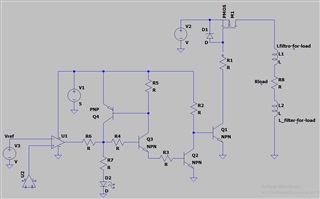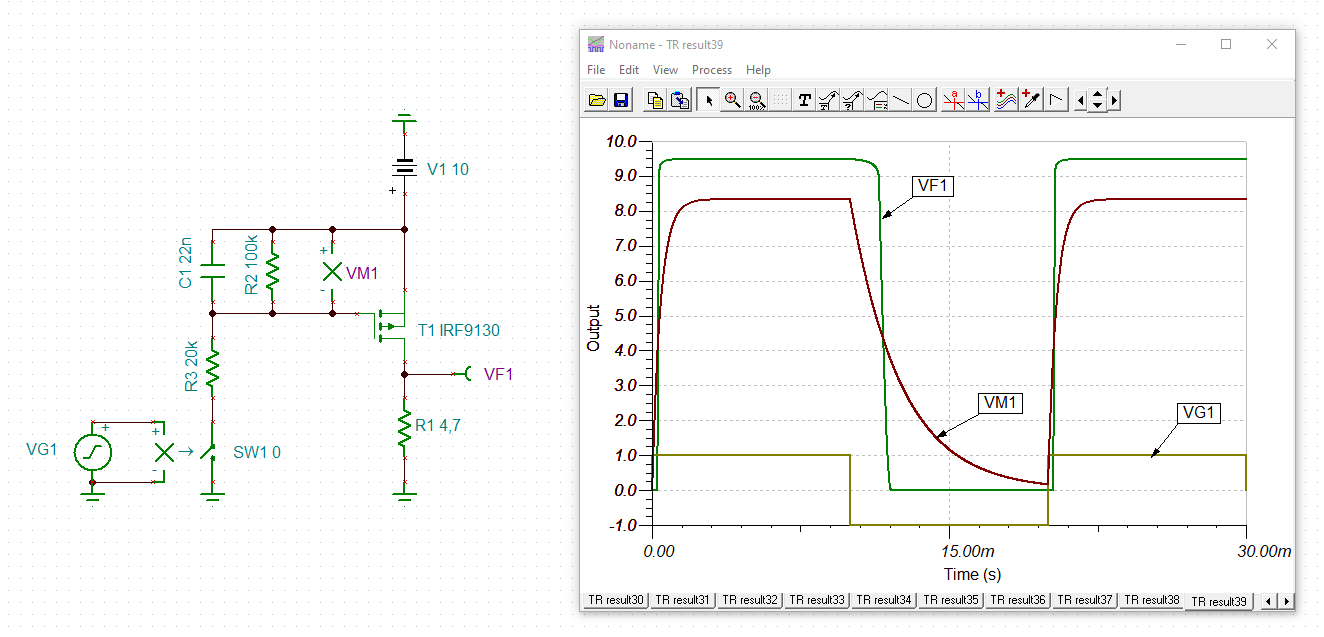Other Parts Discussed in Thread: TLV9032, TLV1805, TPS1663
Hello everyone,
I am designing a typical electronic fuse (unfortunately I cannot find an eFuse that opens the circuit with 11A) I have already designed all the stages, but in the current sensing circuit, I want to place a comparator that activates the base of an NPN transistor, I want to use a TLV7031DCKT but I don't know if it can supply the current I need, will the circuit work well if I use this comparator? I will place a referential image of the design (ignore the values of the components, it is only referential so that you understand the purpose of the TLV7031DCKT) I will place the TLV7031DCKT in U1, because U2 is an INA280A1 current amplifier, which I think is the best option, if you can help me I would be very grateful



